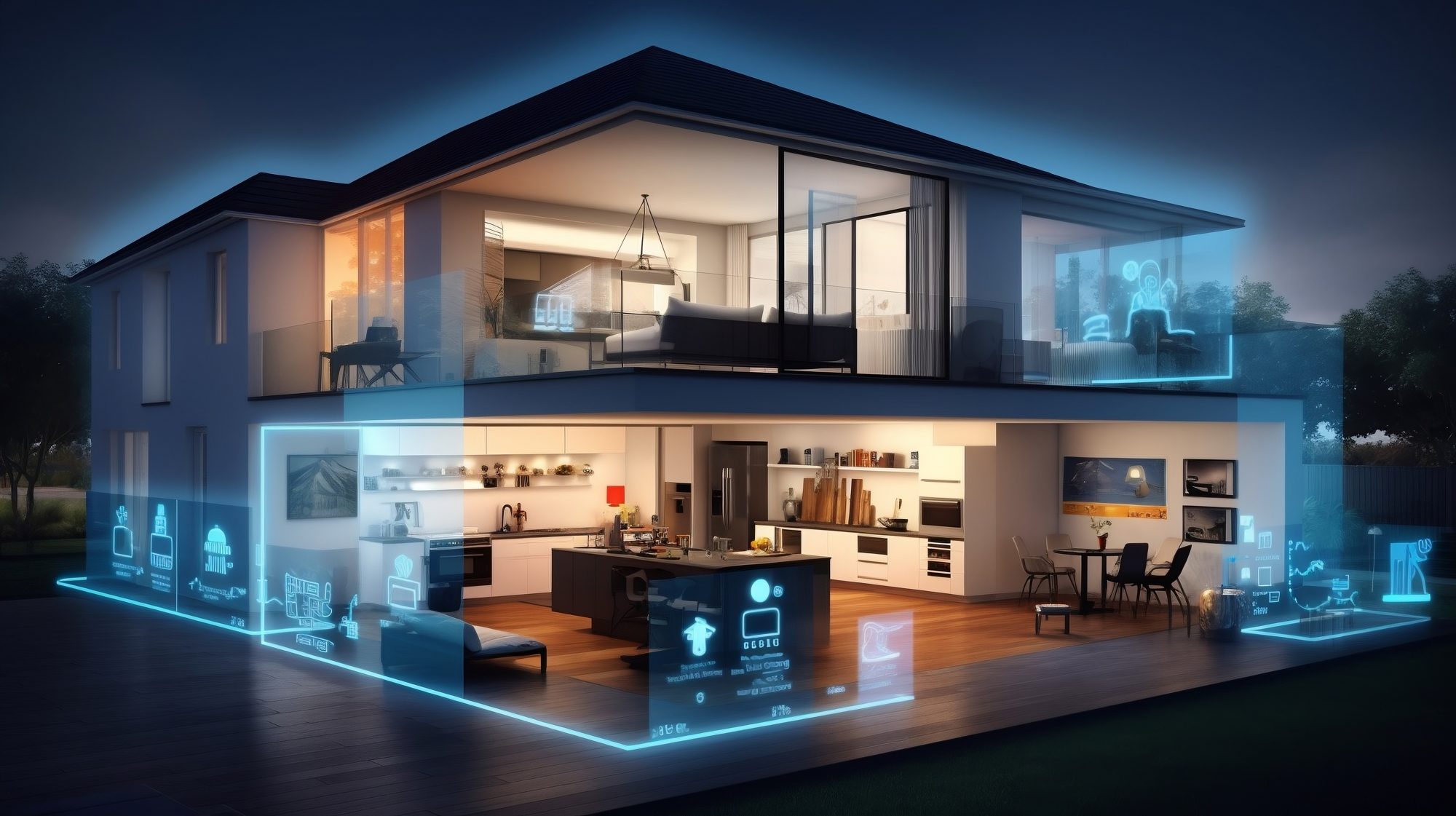In today's rapidly advancing technological landscape, the concepts of smart homes and home automation have become increasingly popular. While these terms are often used interchangeably, they actually represent distinct concepts within the realm of home technology. This article aims to shed light on the key differences between smart homes and home automation, providing a comprehensive understanding of each.
- Defining Smart Homes:
Smart homes refer to residences equipped with advanced systems and devices that can be controlled remotely and automated to enhance convenience, comfort, and energy efficiency. These systems typically integrate various technologies, such as Internet of Things (IoT), artificial intelligence (AI), and voice recognition, to create a seamless and interconnected living environment. - Understanding Home Automation:
Home automation, on the other hand, focuses on the automation of specific tasks or functions within a home. It involves the use of technology to streamline and simplify routine activities, such as lighting control, temperature regulation, security systems, and entertainment systems. Home automation systems can be programmed to perform these tasks automatically or be controlled manually through a centralized interface. - Scope and Integration:
One of the key distinctions between smart homes and home automation lies in their scope and integration capabilities. Smart homes encompass a broader range of technologies and functionalities, integrating multiple systems and devices into a cohesive network. Home automation, on the other hand, tends to be more focused on specific areas or functions within a home, such as lighting or security. - Interconnectivity and Communication:
Smart homes excel in their ability to establish seamless interconnectivity between various devices and systems. They enable devices to communicate with each other, allowing for synchronized actions and intelligent decision-making. Home automation systems, while capable of automation, may not possess the same level of interconnectivity and communication between devices. - User Experience and Control:
Smart homes prioritize user experience by offering intuitive interfaces and personalized control options. They often feature smartphone apps or voice assistants that allow users to monitor and control their homes remotely. Home automation systems, while providing automation and control, may not offer the same level of customization and user-friendly interfaces. - Scalability and Future-Proofing:
Smart homes are designed with scalability and future-proofing in mind. They are built to accommodate new technologies and devices as they emerge, ensuring long-term compatibility and adaptability. Home automation systems, while adaptable to a certain extent, may require additional upgrades or modifications to incorporate new technologies.
Conclusion:
In summary, while smart homes and home automation share similarities in terms of automation and control, they differ in scope, integration, interconnectivity, user experience, and scalability. Smart homes offer a comprehensive and interconnected living experience, leveraging advanced technologies to enhance convenience and efficiency. Home automation, on the other hand, focuses on automating specific tasks or functions within a home. By understanding these distinctions, homeowners can make informed decisions when implementing technology solutions in their residences, ultimately creating a more intelligent and comfortable living environment.


